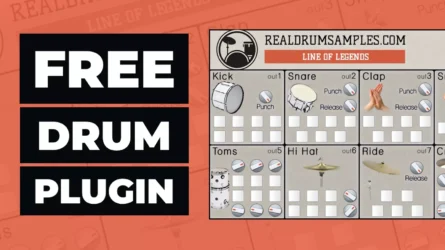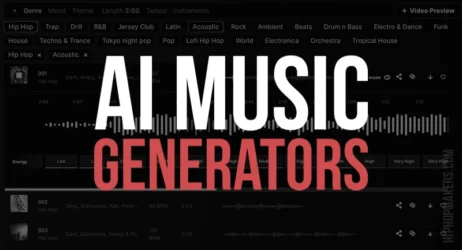Learn how to remix a song in this 12-step guide. I have included tools and tips for finding and creating vocal acapellas to remix.
What is a Remix?
A remix is when you take an original song and recreate it in your own style.
This can be adding a new background instrumental, rearranging the song, adding extra vocals or effects, and more. Remixing is most common with electronic dance music.

A music producer will take a song in a different music genre and recreate it into an uptempo dance track.
Music DJs also remix songs, blending different instrumentals, vocals, and effects.
Here is a song remix example of Stevie Wonder’s “Superstition” remix with over 20 different music genres.
Table of Contents
- How to Remix A Song in 12 Steps
- How to Get Permission to Publish Your Remix
- How to Remix a Song Tutorials
- Remixing Common Questions
How to Remix A Song in 12 Steps
1. Pick a Song to Remix

The first step is to find a song to remix. Pick a song that you like and feel you can make better.
It’s great to pick popular songs from trending music artists to get more people to listen to your remix.
You can use the popularity of popular music artists to get more people to listen.
We suggest you pick a song with wiggle room and more space to be creative.
2. Find the Acapella

To remix a song, you want to find an acapella, which is the song’s vocals without the background music.
This will make it easier to lay the vocals over your new beat if you can get a clean vocal track.
Related: Best Websites for Free Acapellas
If you aren’t able to find an acapella you want online, you can always try to create an acapella yourself.
Create an Acapella Online
- Acapella Extractor
- Vocal Remover and Isolation
- Acapella Generator
- Extract Voice & Instruments
- Separate Vocals & Music From Any Song
You will need an MP3 of the song you want to remix.
You will need to upload the MP3 file. These websites will process the audio to remove the background instrumental.
Additional Tutorials
3. Find the Tempo / BPM
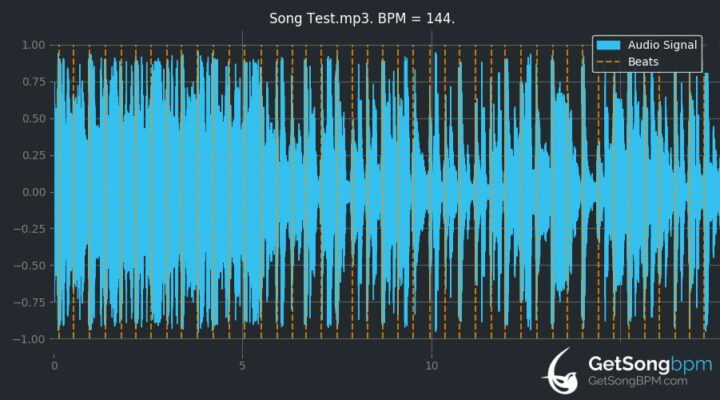
With some acapellas, it is important to find the tempo of the original song so you can match the tempo to fit with the vocals.
Sometimes, a music producer will speed up or slow down the vocals of the original vocals to change up the remix more.
Related: BPM Finder Tools
4. Decide the Direction of the Remix
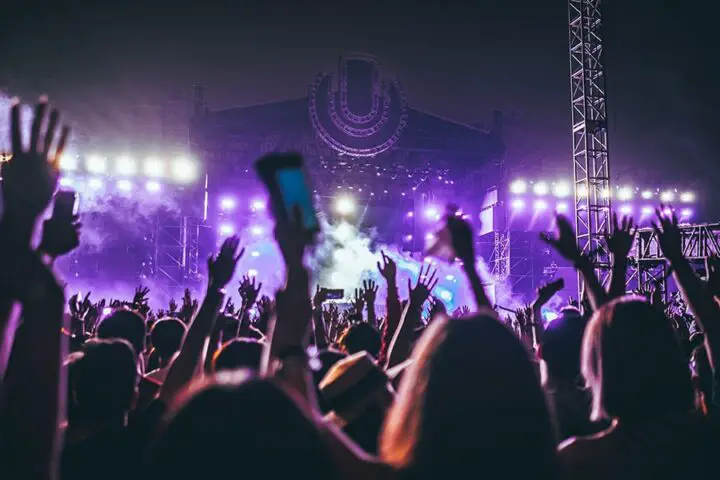
What type of feeling and vibe are you going for?
Is it a dance song? Is it a smooth Hip Hop feel?
It would be best if you decided the direction so you can come up with the right plan.
5. Create a Melody

Create a simple melody to create a basic foundation for your remix.
You can create your melody or recreate the melody from the original song.
Many DJs and producers use a song’s original melody as a base for their own compositions.
6. Lay Down the Drums

The drums are where you can get the most creative.
Since the melody and the acapella are doing their job of connecting your remix to the original song.
Create a drum pattern that is unique but doesn’t overpower the vocals and melody.
In a lot of cases, simple is the best approach.
Related: Free Drum Kits
7. Add More Instruments
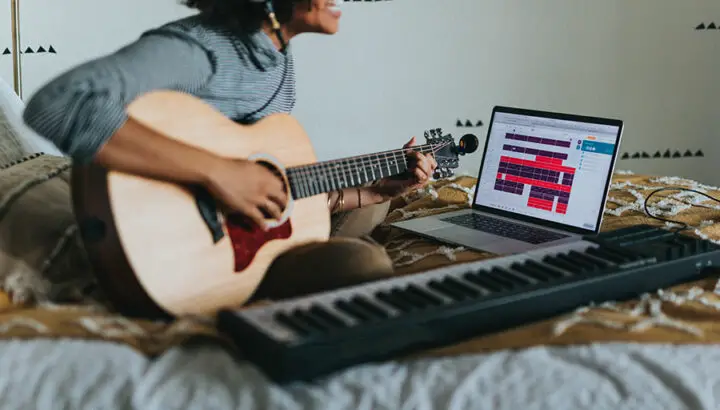
Add more instruments to fill in the song.
The drums and the melody are the foundation for the remix.
Add additional melodies and instruments to make the remix unique.
Related: Free VST Plugins & Free Music Samples
8. Don’t Over Think It
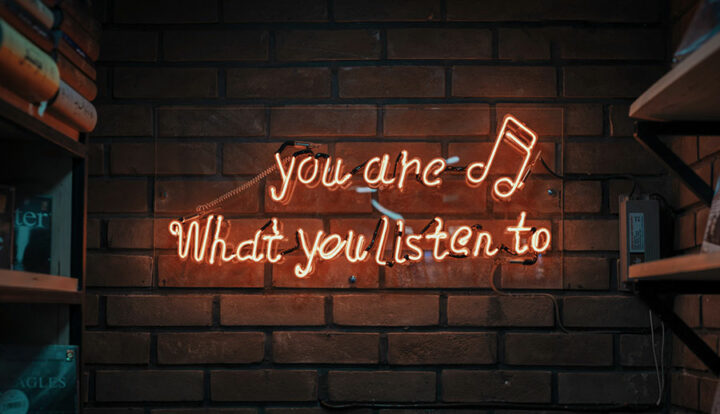
Let your ears guide you in the remixing process.
Have fun and get creative when remixing other music artist’s songs.
Remixes don’t have to be super complex.
You can strive to create a remix that is better than the original or add your own style on top of the original.
There are no set rules.
Have fun and get creative.
Do what feels right. Some of the greatest songs are simple.
Additional Song Remix Tips
These are more advanced suggestions to make your remixes sound more unique.
9. Take Audio Snippets From Other Songs

When remixing a song from a specific music artist, you can get creative and take vocal snippets from other songs from that music artist.
You can add a mix of different song vocals to your remix to make the song more unique.
10. Rearrange the Song
One way to make your song remix unique is to rearrange the song structure.
You can change the order of the verses, hook, or bridge.
Some DJs and producers will create a brand new hook or bridge for a remix to make it feel different.
So don’t feel restricted to sticking to the original song structure.
11. Speed Up or Slow Down Vocals
Adjusting the vocals to the tempo of your remix is crucial.
But you can take it a step further in the creative process by speeding the vocals up or slowing them down.
A good example of slowing down vocals is the Chopped & Screwed music genre.
With Chopped and screwed, the vocals are slowed down to 60 to 70 BPM.
12. Apply Audio Effects to Vocals

One of our last tips for remixing songs is to add audio effects to the vocals.
Adding audio effects is sometimes necessary to make the instrumental and vocals blend in together.
This may need compression, delay, or some other effect.
But you can also get creative and play with the vocals by adding autotune, a stutter, or a phaser effect.
You can get creative and have fun by cutting up Audio vocals and applying effects to the vocals.
So, don’t feel like the song vocals need to remain the same.
How to Get Permission to Publish Your Remix

If you want to publish your remix to streaming services like Apple Music and Spotify and profit from it.
You may need permission from the original publisher of the song.
The way it usually goes is that the copyright owners will keep some percentage of the profits from your remix, usually 50%.
It is best to have multiple options for remixing songs so that if one permission gets denied, you will still have other options.
1. Find the Record Label and Publishing Company of the Song
They are usually responsible for handling this matter and will connect you with the copyright owners.
It shouldn’t be hard to find them. A Google search will usually do it. It is also listed on the credit section of songs on platforms such as Spotify.
If the artist you’re willing to remix is independent, you will most likely need to get directly in touch with them.
2. Write Them a Professional Email
Find the A&R or label manager contact. This information is usually found on the record label’s website.
Email them and make it clear to the copyright holders what your intentions are:
- How you plan to release and distribute your remix (physically, digitally, streaming)
- Remember to ask them about the profit percentage agreement right on.
3. Hiring a Service to Make it Easier
Alternatively, you can hire a music licensing service to contact the copyright owners and do all the paperwork.
The companies usually charge a not-so-expensive fee, so it’s something to think about even if you’re on a budget or just starting.
While some of them only work with cover songs, they will often be willing to clear your remix for you if you contact them to explain the situation.
Two companies that do music licensing are Easy Song Licensing and TuneCore.
How to Remix a Song Tutorials
Here are a couple of tutorials on how to remix a song.
These tutorials provide examples of how to remix in different digital audio workstation apps and different music genres, such as electronic music and Hip Hop.
How to Remix in FL Studio
How to Remix in Ableton Live
How to Remix in Logic Pro
Remixing Tips and Techniques
Frequently Asked Questions
Here are a few common questions you may have when it comes to remixing music.
Where Can I Find Acapellas to Remix?
You can find 7 Websites for Free Acapellas. Here are 5 websites you can use to create acapellas online for free.
1. Acapella Extractor
2. Vocal Remover and Isolation
3. Acapella Generator
4. Extract Voice & Instruments
5. Separate Vocals & Music From Any Song
What Software is Used to Remix Songs?
You can use any music software program to remix songs. You need a program that allows you to edit audio and apply instruments around the vocals.
Related: Free Music Production Software
Can I Publish and Profit from a Remixed Song?
You should first get permission from the copyright holder if you want to publish and profit from your remix. Selling music with someone else’s vocals can lead to legal issues. So, it is best to get permission first.
Where Can I Promote My Remix?
After having your remix and permission document ready, You can send your work to YouTube channels and curators who promote this kind of music.
The Nations, for example, is a good hub for remix promotion. They have different YouTube channels covering all kinds of genres, such as trap, house, and chill.
Is it Legal to Remix a Song?
Remixing a song itself is legal. But profiting from it or releasing it without permission is not. If you want to publish your song, you need to get permission from the copyright holder.
You will need to sign an agreement stating you have permission to use the content and a profit-sharing agreement.
What Are the Different Types of Remixes?
Remixes can go by a lot of names. The remix itself is the most common, but there are other ones, such as edits and bootlegs. Edits are usually simpler remixes that intend to sound as close to the original as possible, bearing only small edits.
Bootlegs are unofficial and unauthorized remixes.
How to Find a Song’s Tempo?
There are a lot of websites that can help you find the tempo of a song. Here are two of them:
– MP3 to BPM – Song Analyser
– Song Key & BPM Finder
In your journey as a music producer, you’ve learned the ins and outs of remixing an existing song, from isolating just the vocal stems to manipulating various elements like synth sounds and percussion sounds in your music editing software.
Creating your remix is a lot like painting. You start with a blank canvas (your instrumental track), and you slowly build up layers of color and texture (your synth leads, bass lines, and other signature sounds).
You can take inspiration from the existing melody or create your own chord progression to give the remix a different feel. Starting with the original song’s vocal tracks is a good idea, but feel free to incorporate your own unique elements.
Remember, a remix is your take on a popular song, and it should reflect your unique style as a music creator. Add your signature sound to the remix by incorporating a few ideas or even adding more ideas of your own.
When remixing, it’s essential to respect the original track while making the remix stand out. Don’t be afraid to put your personal touch on the remix.
This could mean adding new sounds, modifying the original tracks, or even creating a similar sound to the original piece.
Part of the fun of making remixes is the chance to play around with classic tracks, adding your spin to a song cover.
Whether you’re working with the original audio files or using existing stems from a remix competition, the goal is to create a final mix that sounds both natural and human.
Be mindful of the rhythmic elements in the song you’re remixing. You might want to preserve the original’s rhythmic structure, or you might want to give it a new groove.
A good remix is a balance between honoring the original and adding something new.
A polished mix is the final goal of the production process. To achieve this, you might need to master your track, making sure everything is in the right place.
This might involve adjusting levels, EQing, and adding effects to ensure that the final remix sounds the best it can be.
Finally, remember that remixing is a great choice to show off your music editing skills.
Engaging with your favorite songs in a new way is possible through this method. It serves as a great example of keeping music fresh and exciting.
So start working on your new track. And who knows? Your remix might even be the next big hit in a remix contest.
As you continue making music, always be open to new sounds and techniques. Keep experimenting, keep learning, and most importantly, keep having fun. Here’s to your next great remix.
Do you have tips on how to remix a song?

